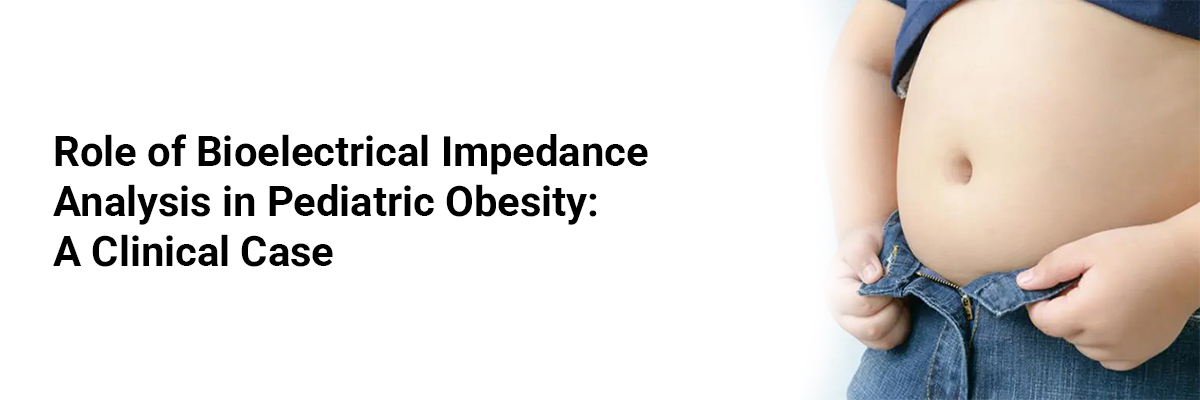
Role of Bioelectrical Impedance Analysis in Pediatric Obesity: A Clinical Case
Childhood obesity is a growing public health issue, and early prevention is crucial. However, obesity management in children is challenging due to the need for fat tissue reduction without adverse effects on overall development. Close cooperation with young patients and their parents is essential for success. Non-invasive monitoring is crucial for progress and safety. As obesity is a chronic disease, further follow-up is necessary.
This case presents a 10-year-old boy who was diagnosed with obesity and metabolic complications, including abnormal lipid profile and liver function. Body composition assessment with bioelectrical impedance analysis confirmed obesity, and lifestyle education and diet modifications led to fat mass reduction without significant muscle loss.
The patient remained under dietitian care for four years, with constant monitoring to address if body mass gain was normal or if obesity recurrence occurred. The patient and his family achieved a reduction in fat content through a personalized, patient-centered approach that included dietary education, lifestyle modification, and detailed body composition monitoring.
This case underscored the importance of body composition assessment in children, and bioelectrical impedance analysis had the potential to enhance the safety and effectiveness of nutritional interventions. Bioelectrical impedance analysis had the potential to improve the safety and effectiveness of nutritional interventions in pediatric obesity assessments
(Source: Reports. 2025; 8(1):15. https://doi.org/10.3390/reports8010015)













Please login to comment on this article